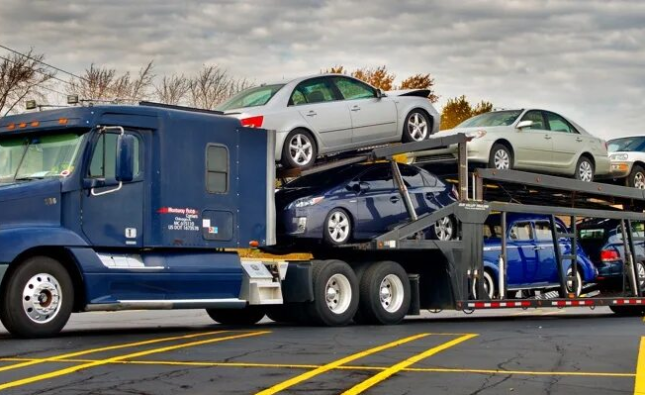
Introduction
In the realm of technological innovation, autonomous cars have emerged as a beacon of transformation, promising to revolutionize transportation and redefine road safety. The fusion of artificial intelligence, sensor technology, and automotive engineering has propelled us into an era where vehicles can navigate, perceive, and make decisions independently. As we traverse this path towards a future dominated by self-driving cars, the spotlight shines brightly on the potential they hold to enhance road safety and mitigate accidents.
Embracing a Vision of Safety
At the heart of the autonomous car revolution lies a core promise: safer roads. Human error accounts for a significant percentage of road accidents, often caused by distractions, fatigue, or recklessness. Autonomous vehicles, equipped with a myriad of sensors and advanced algorithms, possess the ability to eliminate these human-driven risks. The sensor suite of these vehicles, including radar, lidar, cameras, and ultrasonic sensors, functions as a vigilant eye, constantly scanning the vehicle’s surroundings with unparalleled precision. This comprehensive data collection allows these cars to perceive the environment far beyond human capabilities, making split-second decisions based on real-time information.
Strides in Machine Learning and AI
The advent of machine learning and artificial intelligence serves as the backbone of autonomous vehicle technology. These cars learn from vast amounts of data, continuously refining their decision-making processes. Through machine learning algorithms, they adapt to diverse driving conditions, from bustling city streets to serene countryside roads, honing their capabilities with each mile driven. The evolution of AI in autonomous vehicles has brought forth algorithms capable of predicting and responding to complex scenarios, such as anticipating erratic driver behavior or swiftly navigating through unforeseen obstacles. This adaptability positions these vehicles as dynamic entities capable of adjusting to the ever-changing landscape of the road.

Regulatory Hurdles and Ethical Considerations
Despite the remarkable strides in technology, the widespread adoption of autonomous vehicles faces regulatory challenges and ethical dilemmas. The legal framework governing self-driving cars necessitates comprehensive standards addressing liability, safety certification, and infrastructure compatibility. Policymakers must strike a delicate balance between fostering innovation and ensuring stringent safety measures. Moreover, ethical considerations loom large in the autonomous vehicle landscape. The infamous “trolley problem” poses ethical dilemmas about decision-making during unavoidable accidents: should a car prioritize the safety of its occupants or minimize overall harm, even if it means endangering its passengers? Resolving these ethical quandaries demands thoughtful discourse and a collective societal consensus.
Transitioning Society’s Perception
As autonomous cars inch closer to integration into our daily lives, societal acceptance remains a critical factor. Trust in this technology hinges on public perception and understanding. Educational campaigns and transparent communication about the capabilities and limitations of autonomous vehicles are paramount in fostering widespread acceptance. Addressing concerns about cybersecurity and data privacy also plays a pivotal role. The interconnectedness of autonomous vehicles raises legitimate concerns about potential hacking threats and the safeguarding of personal information. Robust cybersecurity measures and transparent data handling protocols are imperative to assuage these apprehensions.
Challenges and Prospects
While the trajectory of autonomous vehicles points towards a safer future, challenges persist. Adverse weather conditions, erratic human drivers, and infrastructural inadequacies present hurdles that demand continual innovation and refinement. Achieving a harmonious coexistence between autonomous and manually-driven vehicles poses another challenge, requiring synchronized communication and cooperation. However, the prospects are undeniably promising. The potential to significantly reduce traffic accidents, congestion, and carbon emissions looms on the horizon. Moreover, the democratization of transportation for individuals with limited mobility or disabilities heralds a more inclusive and accessible society.

Conclusion
The trajectory of autonomous cars embodies a convergence of technological prowess and societal transformation. The pursuit of safer roads through autonomous vehicle technology heralds a future where accidents are minimized, commuting becomes more efficient, and mobility is redefined for all. As we navigate this uncharted territory, collaboration between innovators, policymakers, and society at large becomes pivotal in steering us towards a future where the roads are not just pathways but safe havens for all travelers.










